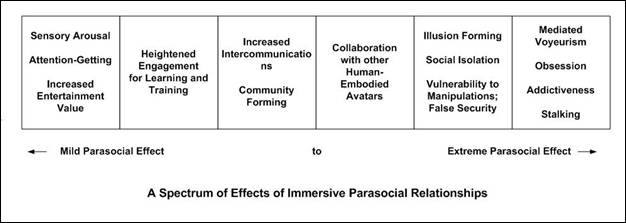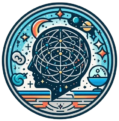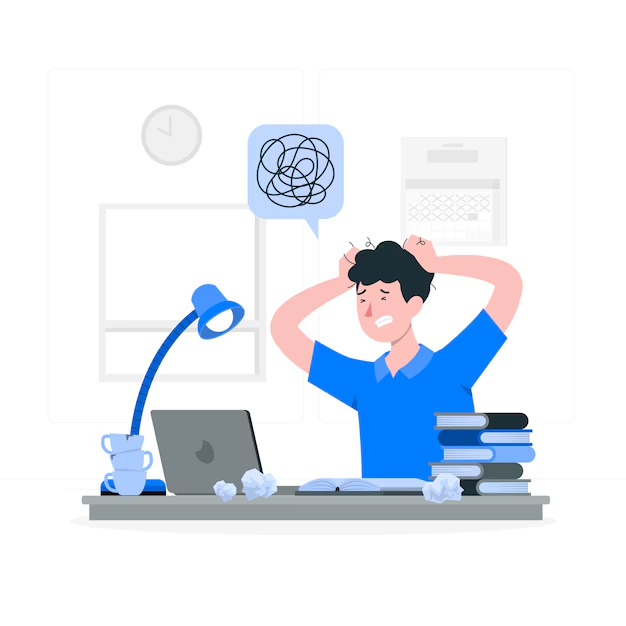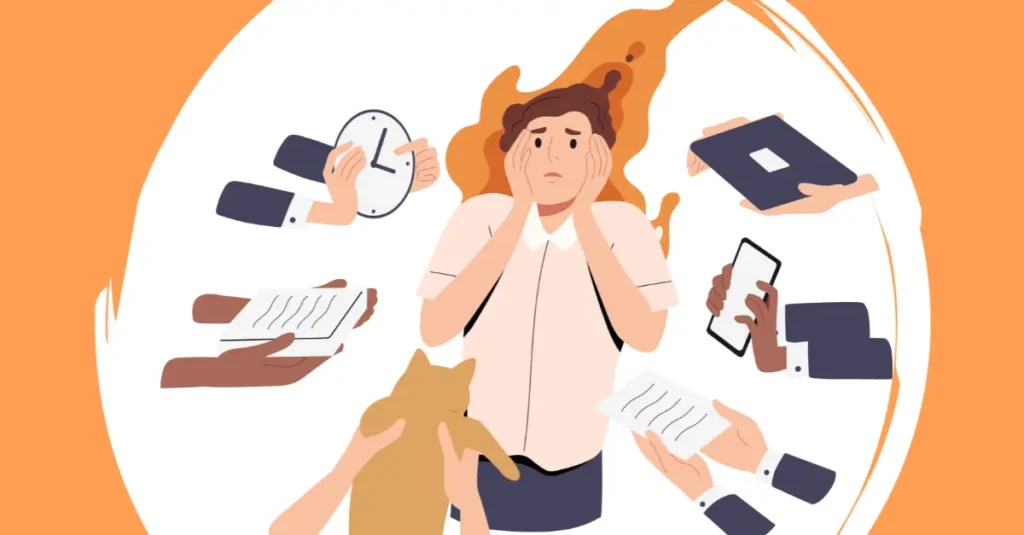Introduction
In the digital age, social media has reshaped how individuals interact, form relationships, and perceive others. One of the most fascinating psychological phenomena to emerge is the concept of parasocial relationships—one-sided emotional attachments that audiences develop with media figures, particularly influencers. Unlike traditional celebrities, social media influencers cultivate an illusion of intimacy through constant engagement, interactive content, and personal storytelling.
Read More- Burn Out
Understanding Parasocial Relationships
The term “parasocial relationship” was first introduced by sociologists Donald Horton and Richard Wohl in 1956 to describe the illusion of friendship that viewers feel toward television personalities (Horton & Wohl, 1956). In traditional media, parasocial relationships were mostly unidirectional, as audiences had little to no opportunity to interact with their favorite figures. However, with the rise of social media platforms such as Instagram, YouTube, and TikTok, this dynamic has shifted dramatically. Influencers actively respond to comments, share personal stories, and engage in direct messaging, making their followers feel seen and valued.
Unlike traditional celebrities, influencers craft an image of authenticity and accessibility. Through vlogs, live streams, and “day in the life” content, they create an illusion of personal connection, fostering deep emotional ties with their audiences (Chung & Cho, 2017). This pseudo-intimacy can make fans feel like they truly know the influencer, even though the relationship remains inherently one-sided.
Psychological Mechanisms Behind Parasocial Relationships
The psychological mechanism behind parasocial relationships include-
1. Illusion of Intimacy and Friendship
A core reason why parasocial relationships develop is the illusion of intimacy. Influencers share personal aspects of their lives, from daily routines to struggles with mental health, making followers feel emotionally invested. Psychological research suggests that self-disclosure—when one party shares personal information—can strengthen relational bonds, even in one-sided interactions (Colliander, 2019).
2. Social Surrogacy Theory
The social surrogacy hypothesis suggests that media figures can fulfill the emotional needs of individuals who lack strong social connections in real life (Derrick et al., 2009). For lonely individuals, influencers can serve as pseudo-companions, providing comfort and reducing feelings of isolation. This is particularly relevant during global crises such as the COVID-19 pandemic, where digital relationships played a crucial role in mitigating loneliness (Bond & Calvert, 2014).
3. Dopamine and Emotional Reward
Engaging with influencers can trigger dopamine release, the brain’s “feel-good” neurotransmitter. Every like, comment, or acknowledgment from an influencer reinforces the parasocial connection, much like the reward systems in real-life friendships (Dunbar, 2016). This reinforcement cycle can lead to deeper emotional investments in the influencer.

Benefits of Parasocial Relationships
Despite being one-sided, parasocial relationships offer several psychological benefits-
1. Emotional Support and Comfort
Many followers find comfort in their parasocial relationships, especially those dealing with mental health struggles. Some influencers openly discuss anxiety, depression, and personal hardships, helping followers feel understood and less alone (Giles, 2002).
2. Positive Role Models and Personal Growth
Influencers in niches such as self-improvement, fitness, and education can serve as role models. Many followers report feeling inspired to pursue healthier lifestyles, new skills, or career goals due to the influence of online personalities (Schramm & Hartmann, 2008).
3. Community and Belonging
Influencer fandoms often create communities where followers can interact, support each other, and form friendships based on shared interests. This sense of belonging can be highly beneficial for individuals who struggle with real-world social connections (Rubin & McHugh, 1987).
Risks and Downsides of Parasocial Relationships
While parasocial relationships can be positive, they also come with risks-
1. Emotional Dependence
Over-reliance on a parasocial relationship can lead to emotional dependency, where individuals prioritize their attachment to an influencer over real-world relationships. This can be problematic if the influencer suddenly stops posting or changes their content (Theran et al., 2010).
2. Financial Exploitation
Many influencers monetize their audience through brand deals, paid subscriptions, and merchandise sales. Some exploit the emotional bond by promoting overpriced or low-quality products, knowing that their followers trust them (Abidin, 2018).
3. Unhealthy Obsession and Stalking
In extreme cases, parasocial relationships can escalate into obsessive behavior. Some followers may develop unrealistic expectations of reciprocity, leading to stalking, harassment, or boundary violations (Maltby et al., 2006).
Social and Cultural Implications
Some of the social and cultural implications are as follows-
1. Shifting Notions of Celebrity
Social media has blurred the line between celebrities and everyday individuals. Unlike Hollywood stars, influencers cultivate relatability, making parasocial relationships more intimate and emotionally intense (Marwick & Boyd, 2011).
2. The Impact on Younger Audiences
Teenagers and young adults are particularly vulnerable to parasocial relationships due to their developing sense of identity. Excessive attachment to influencers can shape self-esteem and body image perceptions, sometimes leading to unrealistic beauty standards or materialistic desires (Fardouly et al., 2015).
3. The Role of AI Influencers
With the rise of AI-generated influencers like Lil Miquela, the nature of parasocial relationships is evolving. AI influencers simulate human interactions, raising ethical concerns about authenticity and manipulation in digital relationships (Berryman & Kavka, 2018).
Conclusion
Parasocial relationships are a powerful psychological phenomenon that has gained unprecedented influence in the digital era. While they provide emotional support, inspiration, and community, they also pose risks such as emotional dependence, financial exploitation, and unhealthy obsession. As social media continues to shape human interaction, it is essential to foster awareness of the dynamics of parasocial relationships and encourage healthy engagement with influencers. By maintaining a balance between digital admiration and real-world connections, individuals can enjoy the benefits of these relationships without falling into their potential pitfalls.
References
Abidin, C. (2018). Internet Celebrity: Understanding Fame Online. Emerald Publishing.
Berryman, R., & Kavka, M. (2018). Crying on YouTube: Vlogs, self-exposure, and the authenticity delusion. Social Media + Society, 4(2), 1-12.
Bond, B. J., & Calvert, S. L. (2014). Parasocial breakup among young children. Media Psychology, 17(4), 462-480.
Chung, S., & Cho, H. (2017). Parasocial relationship with celebrity endorsers and its effects on brand attitudes. Journal of Business Research, 74, 208-214.
Derrick, J. L., Gabriel, S., & Hugenberg, K. (2009). Social surrogacy: How favored television programs provide the experience of belonging. Journal of Experimental Social Psychology, 45(2), 352-362.
Dunbar, R. I. M. (2016). Friends: Understanding the Power of Our Most Important Relationships. Little, Brown Spark.
Horton, D., & Wohl, R. R. (1956). Mass communication and para-social interaction. Psychiatry, 19(3), 215-229.
Maltby, J., Giles, D. C., Barber, L., & McCutcheon, L. E. (2006). Intense-personal celebrity worship and body image. Journal of Health Psychology, 10(2), 337-344.
Marwick, A. E., & Boyd, D. (2011). To see and be seen: Celebrity practice on Twitter. Convergence, 17(2), 139-158.
Subscribe to PsychUniverse
Get the latest updates and insights.
Join 3,022 other subscribers!
Niwlikar, B. A. (2025, March 17). Parasocial Relationship and 3 Important Psychological Mechanism That Govern It. PsychUniverse. https://psychuniverse.com/parasocial-relationship/



